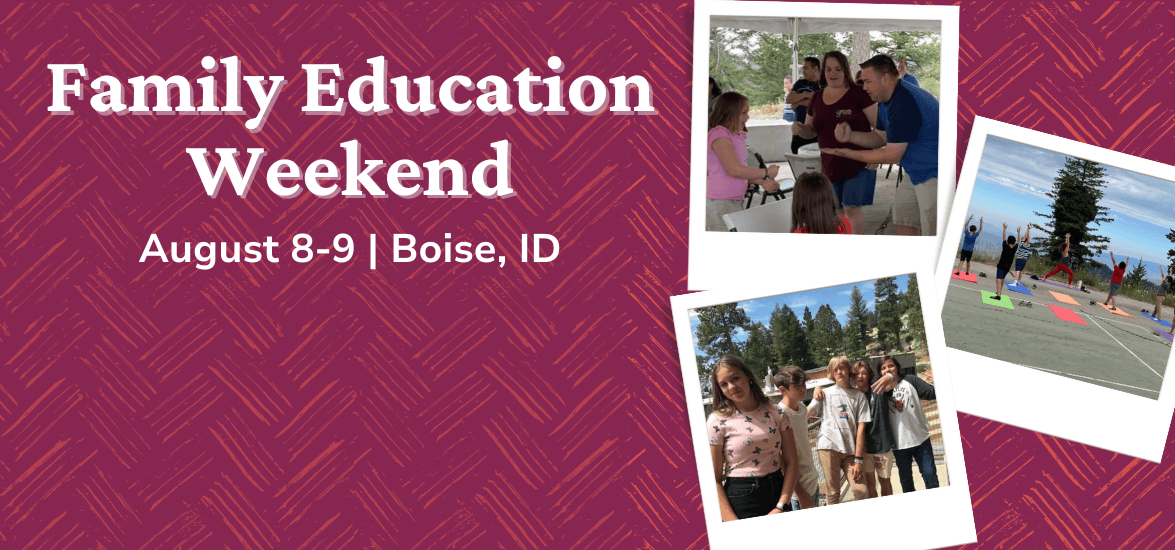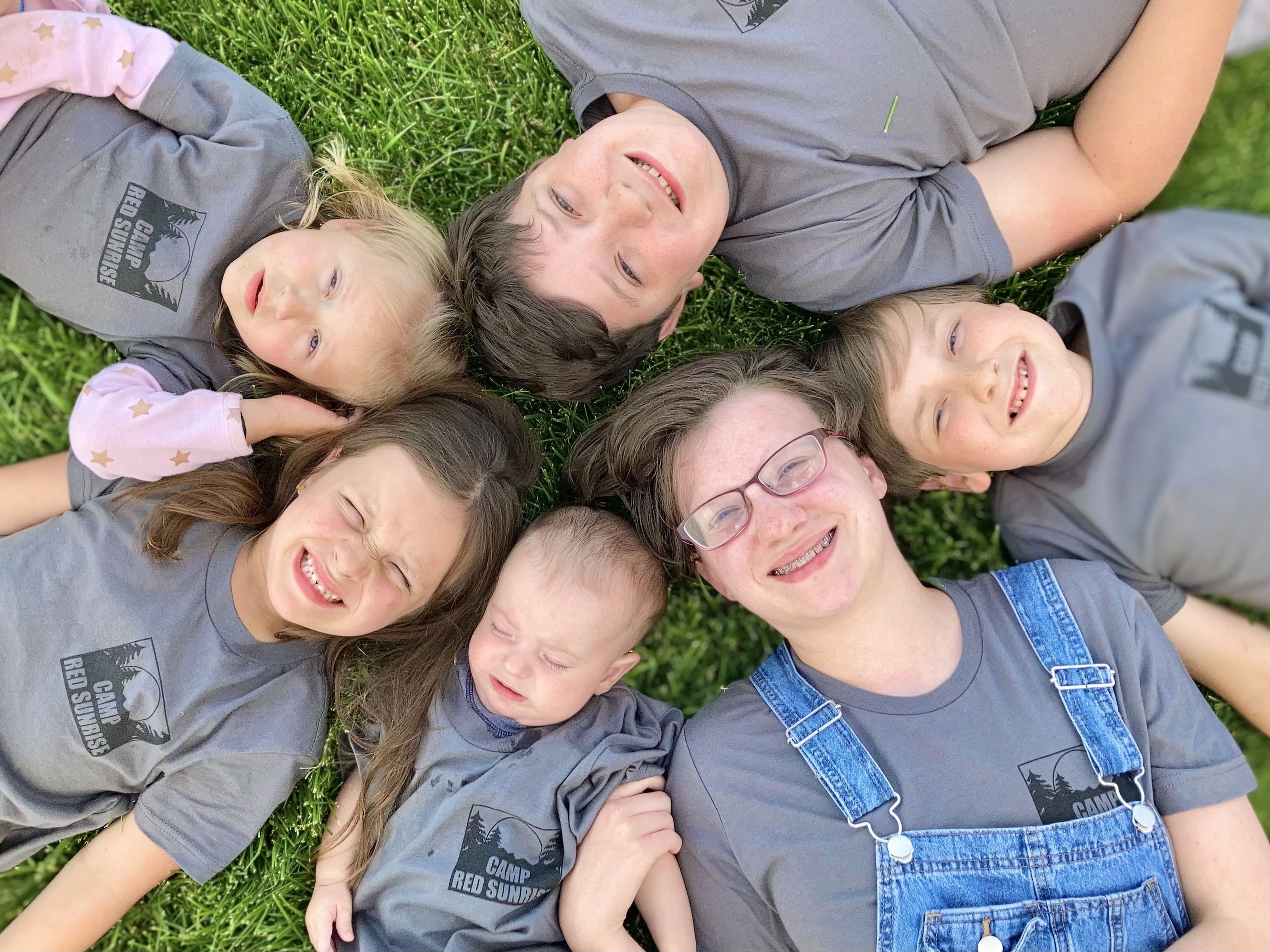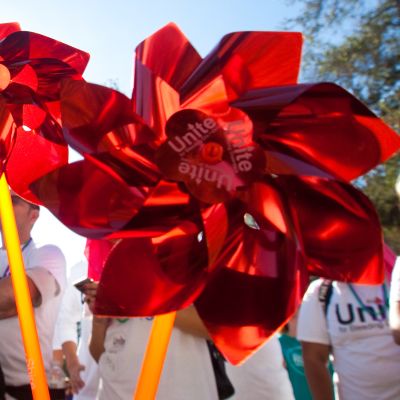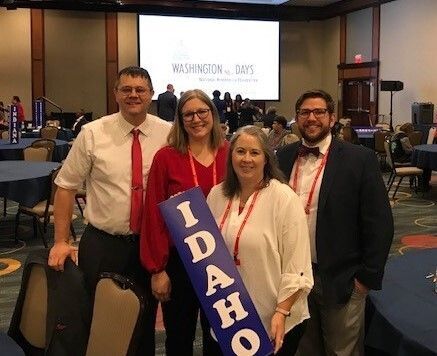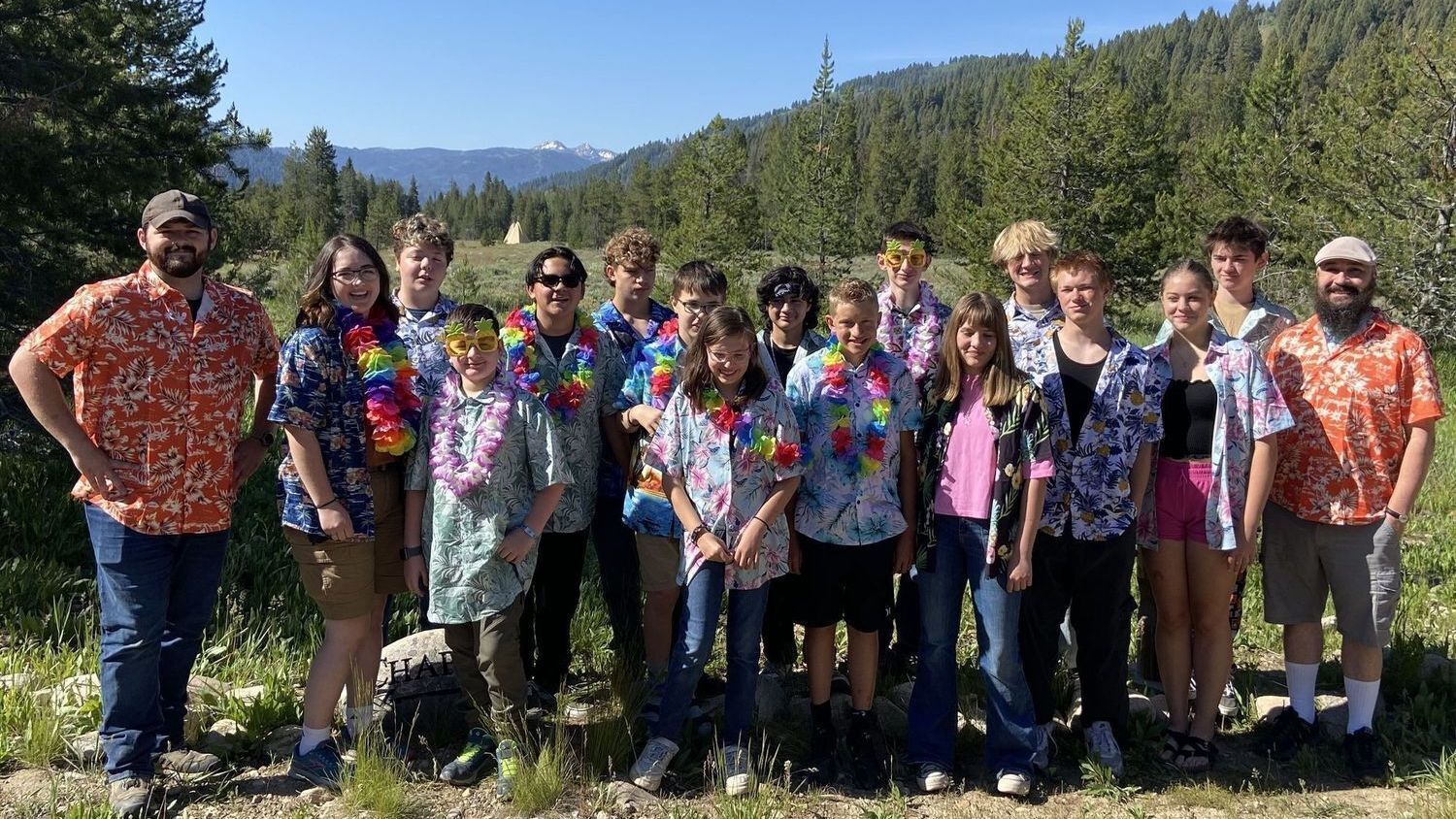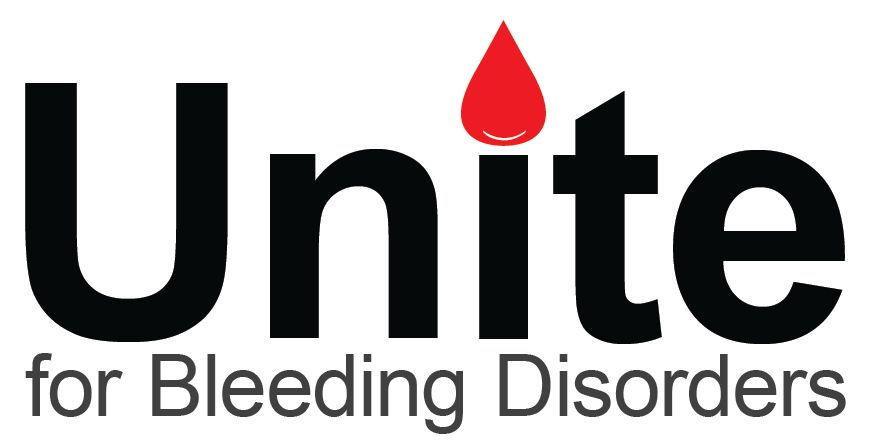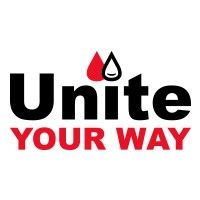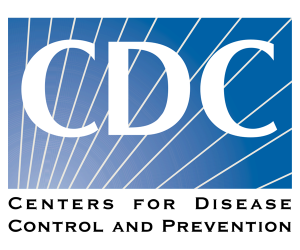Our Focus
The Idaho Chapter of the National Bleeding Disorders Foundation provides education, support, awareness, and advocacy for our bleeding disorder community. We are the leading resource for those affected by bleeding disorders in the state of Idaho. You can count on us to ensure your voice is heard. It’s with your help that we can make a difference. Learn more and get involved.
Our Mission ... In Action
-
We provide year-round events and fundraisers to spread awareness, educate, and generate crucial resources in support of our mission. Hope to see you at our next event!
-
We fight to protect access to quality healthcare and treatments we need to live healthy lives, but we can't do it without your voice. Discover how you and your family can make a big difference by joining our advocacy efforts.
-
We provide mission-focused experiences through education, support, community connections, and fun for those affected by bleeding disorders.
News Articles
This week, Congress passed a bill, the “One Big Beautiful Bill Act,” that will have widespread impacts on the bleeding disorders community – together with millions of others across the country who get health insurance through Medicaid or the Affordable Care Act Marketplaces.
Hemab Therapeutics recently presented clinical and preclinical stage data associated with two of their investigational therapies - Sutacimig (formerly HMB-001) and HMB-002. Hemab is a biotechnology company that specializes in the development of therapies that target underserved bleeding and thrombotic disorders. The data were presented last week at the Congress of the International Society on Thrombosis and Haemostasis (ISTH) in Washington, DC.
Historically, women and girls affected by hemophilia have experienced protracted delays in securing an accurate diagnosis and care that takes bleeding disorders into full account. A newly published paper takes a 200+ year view of this history and provides a better understanding of just how this underserved population has slowly but surely garnered greater visibility and awareness – if not equitable care – over the decades.

